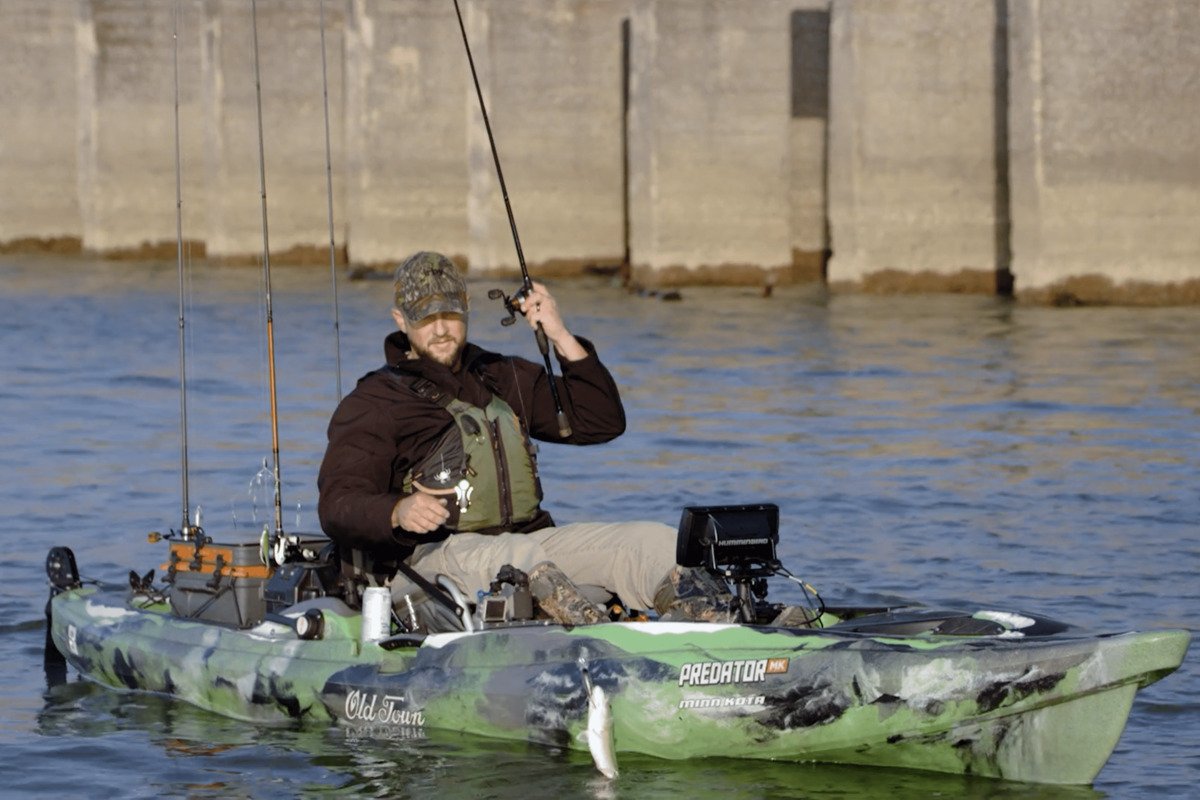Finding a decent trolling motor battery may well be a difficult process with so many different battery types and brands available. Before buying a new battery, one should make a list of several factors, including the size of the boat, the capacity of the engine, and, of course, the budget allotted for the new battery.
The Boat’s Size
Kayaks and most small boats are shallow in the water, with a small portion of the boat that may function as a sail, requiring very little extra force. Yet, some pontoon boats are quite tall, demanding additional power and push in windy circumstances.
Sailing on calm water with no wind typically does not involve the use of additional engine power. Rough seas and wind, on the other hand, might assist the vessel in sailing quicker down the flow. However, if one must sail against the stream and wind, even more power and push are essential.
Thrust vs. Power
To avoid the maths as much as possible, bear in mind that an electric trolling engine with greater thrust demands more electric energy.
Bigger electric trolling motors run at 24 or 36 volts to keep maximum currents at tolerable levels. There are, of course, alternatives. For example, the Minn Kota EM 160 works at 24V and has a rated power of 116 Amperes.

Lead-Acid vs. Lithium
Lithium batteries are likely to be three to five times more expensive than lead-acid batteries. They can, however, frequently survive 5 to 10 times more charging and discharging cycles.
Furthermore, they are sometimes 3 to 4 times lighter than lead-acid batteries. So, in the long term, they are really less expensive and save a lot of weight.
Voltage
If your trolling motor runs on 12 volts, you will need one big or two smaller battery packs. If your motor runs on 24V, you will need a couple of bigger batteries linked in series, or four smaller battery packs interconnected in parallel and series.
Furthermore, if your motor runs at 26V, you will want three bigger batteries. Those batteries can be linked in series or parallel. To get the desired results, you may instead combine six smaller batteries linked in parallel and series.
In practice, however, a battery-powered trolling motor is rarely used at full capacity all of the time. The majority of the time, power is decreased, and maximum power is only utilized in emergencies or while shifting fishing sites, among other things. If you operate your trolling motor at full capacity the majority of the time, it may be insufficient for your operation.


